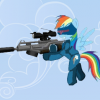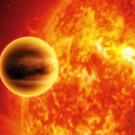gaming Metro and Fallout: Illustrations of a Post-Apocalyptic Economy
-
Similar Content
-
- 8 replies
- 1,043 views
-
- 7 replies
- 336 views
-
- 10 replies
- 239 views
-
- 6 replies
- 745 views
-
- 78 replies
- 5,065 views
-
-
Recently Browsing 0 members
- No registered users viewing this page.







Recommended Posts
Create an account or sign in to comment
You need to be a member in order to leave a comment
Create an account
Sign up for a new account in our community. It's easy!
Join the herd!Sign in
Already have an account? Sign in here.
Sign In Now